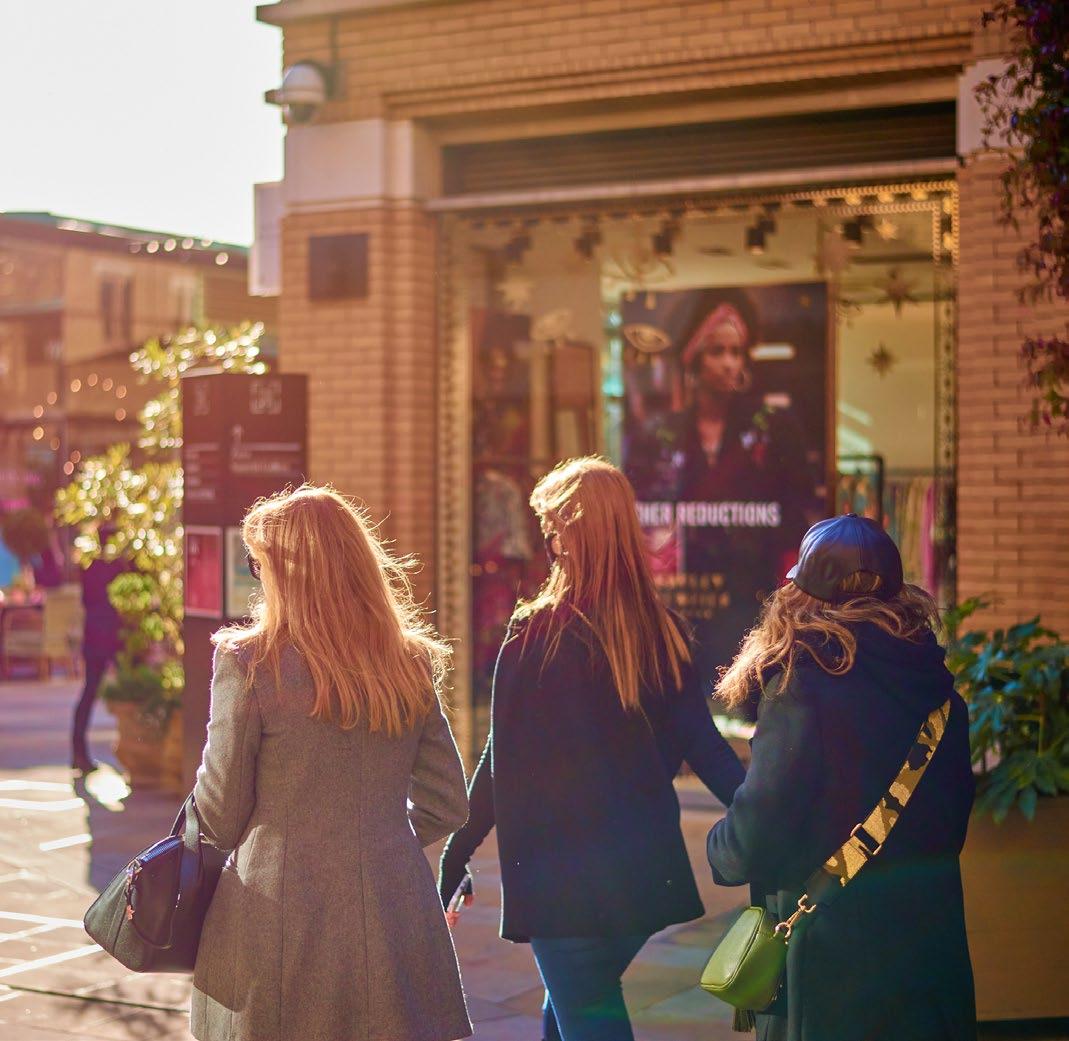
1 minute read
Air Quality
Target
Supplier consolidation, zero-emission transport, and EV charging infrastructure by 2030
During initial public consultations, air quality was identified as the most important local environmental concern. We are addressing this through a three-pronged approach: reducing vehicle journeys, encouraging zero-emission transport, and supporting this with relevant infrastructure.
In 2022 air pollution continued to improve in Chelsea. Whilst the annual maximum level of nitrogen dioxide did not change year-on-year, it was 16% lower than 2019 levels4. In partnership with Breathe London (a network of air quality sensors across the capital, run by the Environmental Research Group at Imperial College London), we sponsor two sensors on the Estate to measure nitrogen dioxide and PM2.5. These indicate particulates on Sloane Street are half that of the UK target, but still double the goal set by the World Health Organisation. We will continue to use these sensors to monitor air quality throughout the Sloane Street public realm improvement works and beyond.
An extensive freight and logistics survey of Chelsea retailers was launched this year in collaboration with the King’s Road and Knightsbridge Partnerships. 250 commercial occupiers completed the survey, which will identify opportunities to reduce pollution and congestion over the long-term, as well as improve waste management in Chelsea. We will be sharing results and recommendations with our occupiers in 2023 and will use this to seek to create a lasting positive impact to make the neighbourhood a cleaner and less congested place to live, work and visit.
In collaboration with Cross River Partnership, we engaged five suppliers who regularly drive vehicles within the Estate. By monitoring vehicle movements for two months, we were able to identify the most suitable electric vehicle replacement, offer constructive and specific advice on payloads, charging and financial models, and the most suitable locations for charging infrastructure. This resulted in three suppliers commencing the transition of their fleets to electric vehicles sooner than originally planned, reducing airborne pollutants and emissions.
Case Study
Consolidating and Recycling
To reduce the number of large waste vehicles and eliminate unsightly waste left on our streets, we have introduced a waste consolidation point and e-cargo bike programme. While focusing initially on Sloane Street, this facility for waste storage and sorting enables rapid and zero-emission waste collections, improving air quality as well as reducing noise and congestion. Waste consolidation schemes like this already benefit 36% of Cadogan occupiers, reducing emissions from waste collection by 35%.
Alongside our extensive public realm improvement works, this initiative will help to ensure that Sloane Street becomes a cleaner, greener and more beautiful luxury retail and leisure destination.


